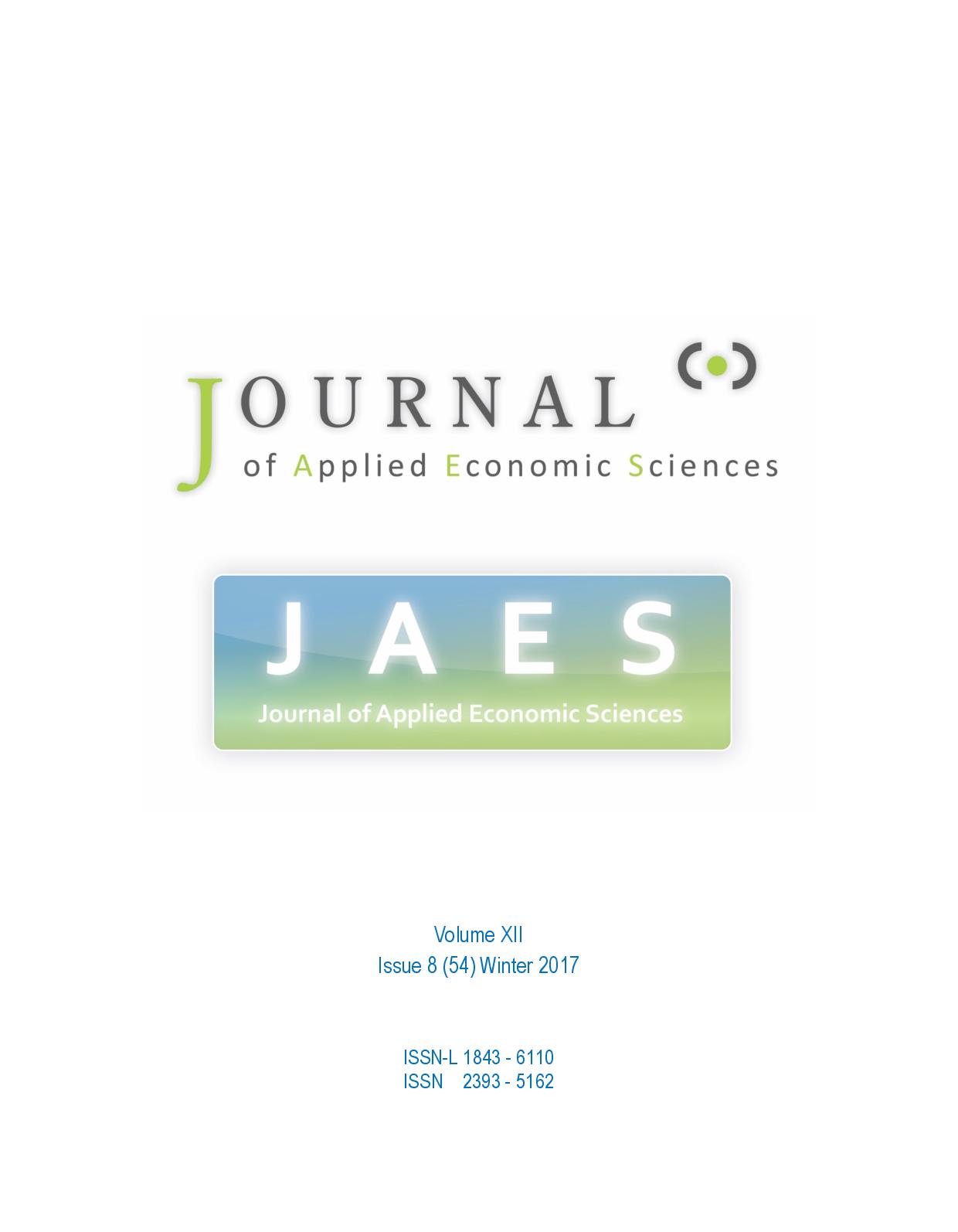Comparison of Europe 2020 Implementation Process among European Union Members States
Comparison of Europe 2020 Implementation Process among European Union Members States
Author(s): Dana Paľová, Katarína VÁCLAVÍKOVÁSubject(s): Economy, EU-Approach / EU-Accession / EU-Development
Published by: RITHA Publishing
Keywords: Europe 2020; strategy; integration; indicators; targets; econometric analysis; semaphore method; clusters;
Summary/Abstract: The three key drivers for EU (European Union) growth - smart growth, sustainable growth and inclusive growth - were identified in the European Union development strategy known as Europe 2020. These days, the time for fulfilling the strategy targets is almost at the end and it seems to be interesting to compare the success of implementing headline objectives by particular EU member states. The Europe 2020 strategy is defined by its priorities, objectives and main initiatives. Every headline objective is described by more indicators, which are identified and reported to European Commission on the year basis. There is possible to find many information and data about success of integrating strategy itself, but unfortunately they are concerned mostly on publishing information about particular indicator level at the particular country, there is no aggregated information about integration success the strategy as a whole. Therefore, the assessment of the Europe 2020 strategy is more than actual and important. The paper presents brief description of the Europe 2020 main ideas and main indicators influencing the defined target using which could be done the comparison of the success of strategy implementation process. The aim of the paper is to present results of conducted comparison of the implementation of Europe 2020 targets and objectives to evaluate the Europe2020 strategy progress among EU Member states and to assess how the amount of invested money influenced the success of Europe 2020 implementation process. Within the research were employed different methods: scaling technique, semaphore method, cluster analysis and spatial analysis used by R software. Research results pointed out that greatest implementation progress is visible in fields of environment and education, while in case of R&D target has worst one and that the national and regional disparities exist in providing an enabling enterprise and innovative environment in Europe.
Journal: Journal of Applied Economic Sciences (JAES)
- Issue Year: XII/2017
- Issue No: 54
- Page Range: 2376-2387
- Page Count: 12
- Language: English

